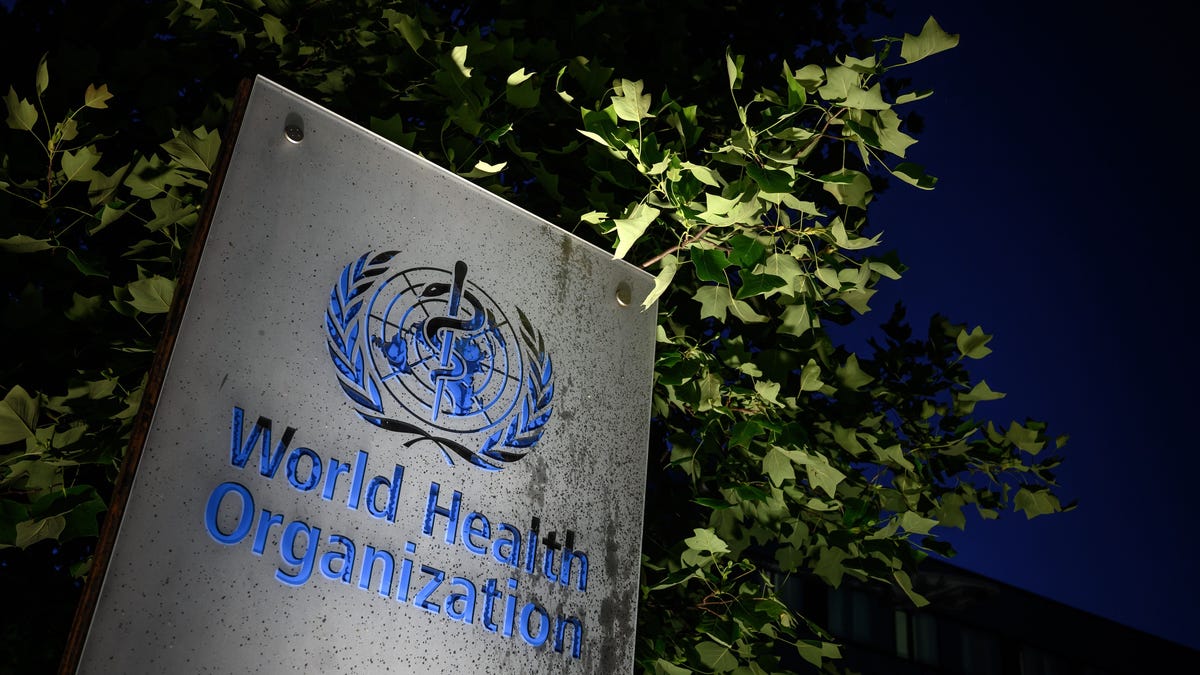World Health Organization Establishes New Terminology for Airborne Pathogens
After a comprehensive two-year effort involving more than a hundred scientists worldwide, a consensus has been reached on the terminology to be used when discussing airborne and respiratory viruses. The World Health Organization (WHO) recently announced that viruses such as COVID-19, influenza, measles, Middle East respiratory syndrome (MERS), and tuberculosis will now be classified as “pathogens that transmit through the air.” This decision follows a period of consultation with numerous experts across various scientific disciplines from 2021 to 2023, prompted by the confusion surrounding terminology during the COVID-19 pandemic.
The Need for Clarity
The lack of a standardized language in the early stages of the pandemic led to discrepancies in how different stakeholders communicated about the transmission of the virus. Terms like ‘airborne’, ‘airborne transmission’, ‘droplets’, and ‘aerosols’ were used inconsistently, contributing to widespread confusion. This confusion had tangible consequences, such as delays in recommending measures like mask-wearing to prevent the spread of the virus. In fact, the WHO initially stated in March 2020 that COVID-19 was not airborne, emphasizing transmission through respiratory droplets expelled by infected individuals.
In light of these challenges, the WHO’s latest report discourages the distinction between aerosols and larger droplets, recognizing that infectious respiratory particles exist on a spectrum of sizes with no discrete cut-off points. By simplifying the terminology and emphasizing the continuum of particle sizes, the WHO aims to provide clearer and more consistent guidance on disease transmission.
The Impact of Disease Naming
Names play a crucial role in shaping perceptions and responses to diseases. In 2015, the WHO issued guidelines on naming new infectious diseases, highlighting the unintended consequences of terms like ‘swine flu’ and ‘Middle East Respiratory Syndrome’ in stigmatizing communities or economic sectors. The guidance recommended avoiding geographic locations, people’s names, animals, or food in disease names to prevent backlash against specific groups.
Instead, disease names should focus on generic and descriptive terms based on symptoms, causes, and pathogens to promote accurate communication and avoid harmful stereotypes. By adopting a more thoughtful approach to naming diseases, global health organizations can contribute to a more informed and inclusive discourse around public health challenges.
Image/Photo credit: source url





